Finding out which microbes dealt it.
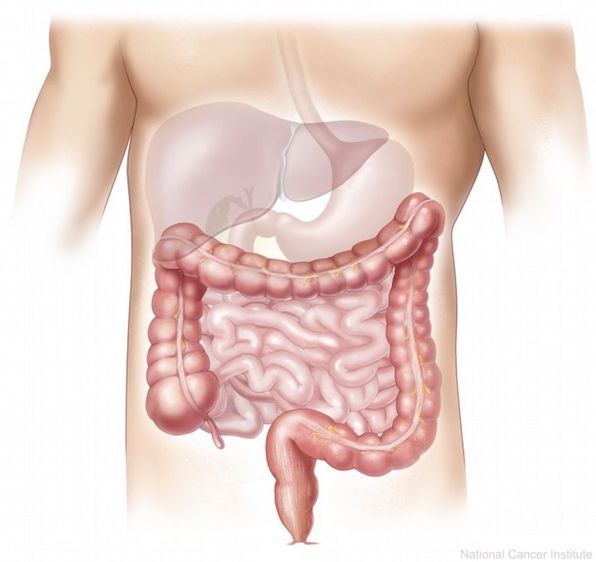

Engineers are using origami to design drugs, micro-robots, and future space missions.
Don’t miss “The Origami Revolution,” airing February 15, 2017 at 9 pm on PBS: http://to.pbs.org/2lp78cv
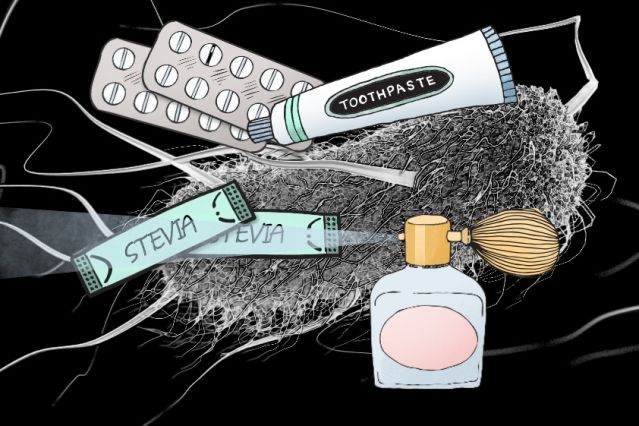
MIT spinout Manus Biosynthesis engineers microbes to produce rare and expensive ingredients for noncaloric beverages, perfumes, toothpastes, detergents, pesticides, and therapeutics. Spun out of the MIT Department of Chemical Engineering, Manus technologies could lead to new discoveries in drug development and product ingredients.
Let’s debate whether ageing is a disease *after* the diseases of old age are eliminated, shall we?
Whether or not ageing ought to be considered a disease is still matter of controversy, both among experts and laypeople. Particularly, the latter tend to turn up their noses at the thought of ageing being pathological and not ‘normal’, especially if they’re outside the life-extension/rejuvenation community. Clearly, they ignore the fact that ‘normal’ and ‘pathological’ aren’t mutually exclusive at all. It’s perfectly normal to suffer from hear loss in old age; notwithstanding, it is out of the question that hear loss is a pathology and we have developed several ways to make up for it. It presently can’t be cured, because like all age-related diseases, it can only get worse as long as the age-related damage that causes it keeps accumulating.
In my humble opinion of quasi-layperson (I’m nowhere near being an expert, but I do think I know about ageing more than your average Joe), whether or not ageing is a disease is merely a matter of semantics, depending largely on what we want to label as ‘ageing’—not to mention how we define ‘disease’.
If we say that ‘ageing’ is the set of age-related pathologies that affect a given person, then ageing isn’t a disease any more than a box of crayons is itself a crayon. Nonetheless, if you have a box of crayons then you have a bunch of crayons; if you have ageing as we defined it, then you have a bunch of diseases, and the grand total of your ailments doesn’t change whether you consider ageing as a disease as well or not. Quite frankly, I’d pick the box of crayons over ageing any time.
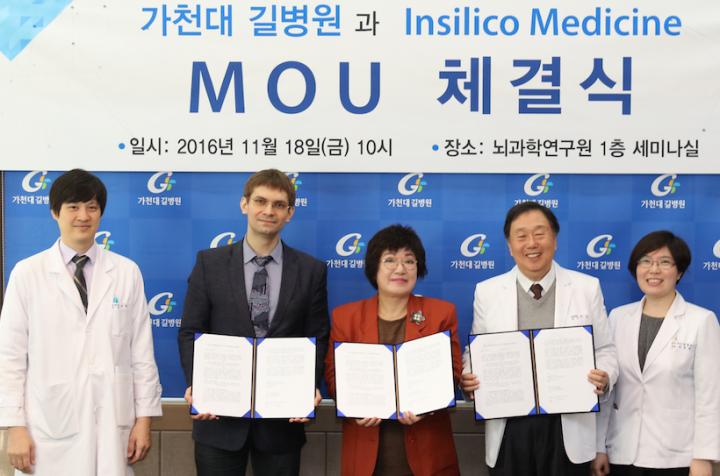
Summary:
Friday, 3rd of February, 2017, Baltimore, MD — Insilico Medicine today announced that it signed a Memorandum of Understanding (MOU) and started the first collaborative research project with one of the largest research and medical networks, Gachon University and Gil Medical Center. The intent of the long-term collaboration is to develop artificially intelligent multimodal biomarkers of aging and health status as well as interventions intended to slow down or even reverse the processes leading to the age-related loss of function.
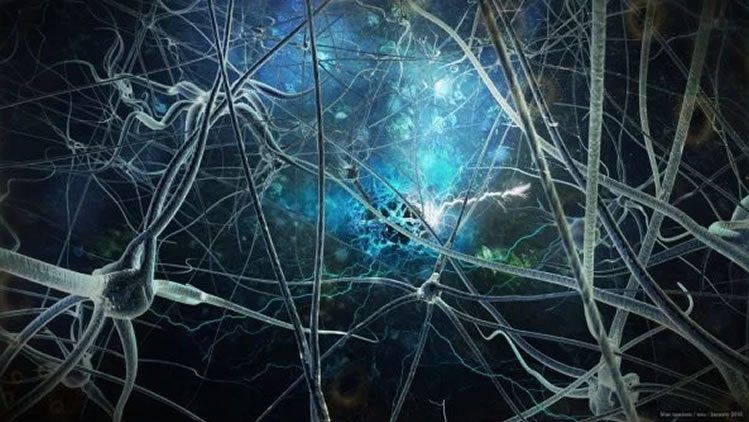
I suggest they connect with DARPA or Dr Phillip Ball on QBS.
This is undoubtedly relief for certain medical conditions, but the potential for misuse, harm and control demands an ethical debate to define the limits. Unfortunately, Technocrats shun such discussions. ⁃ TN Editor.
In labs testing how brain implants could help people with physical disabilities, tales of success can be bittersweet.
Experiments like those that let a paralyzed person swig coffee using a robotic arm, or that let blind people “see” spots of light, have proven the huge potential of computers that interface with the brain. But the implanted electrodes used in such trials eventually become useless, as scar tissue forms that degrades their electrical connection to brain cells (see “The Thought Experiment”).

In Brief Sooam Biotech Research Foundation has cloned over 800 dogs since 2006, offering the service to bring your dead dog back for $100,000. Apart from their popular dog cloning service, they also clone cattle and pigs for medical research and breed preservation.
The Sooam Biotech Research Foundation can reincarnate your dead dog, a service that would delight pet lovers—for $100,000.
“These people have very a strong bond with their pets… and cloning provides a psychological alternative to the traditional method of just letting the pet go and keeping their memory,” said Sooam researcher and spokesman Wang Jae-Woong.

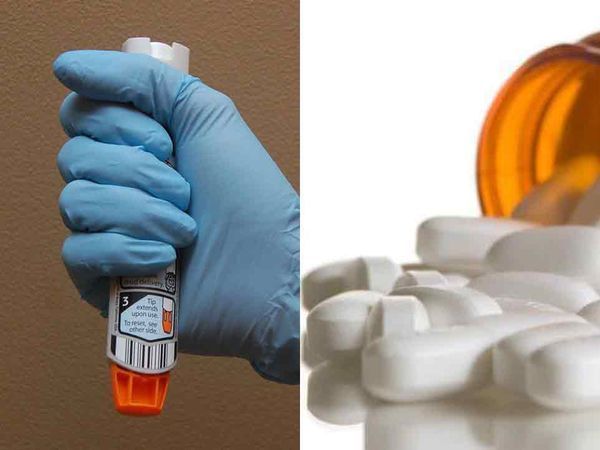
Expensive EpiPen auto-injectors dominate the market for emergency allergy treatment, but a cheaper alternative is now being developed: an epinephrine tablet that dissolves under the tongue.
Last month a congressional committee tore into Mylan CEO Heather Bresch. The charge: jacking up the price of EpiPens, her company’s signature product. Those price hikes left some allergy sufferers without access to emergency epinephrine, the drug that saves people who go into anaphylactic shock.
Mylan has control of the marketplace because other companies have a hard time competing with the EpiPen’s patented design. Those who have tried have mostly offered up alternative types of auto-injectors, which generally flop.
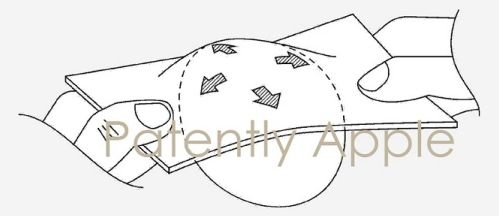
Patently Apple’s other blog called Patently Mobile has covered the advances of flexible displays from Samsung for years. You could check out some of the major ones here: (one, two, three and four. The most interesting ones relate to a possible scrollable smart device. Today the US Patent & Trademark Office published a patent application from Apple that reveals their work on flexible displays and electronics that will extend to specialty applications. Beyond applying their revealed technology to known devices such as a smartphone or tablet, Apple see’s the technology being widely adopted into smart clothing, smart windows, applications in vehicles, furniture and more. One of the inventors on the patent previously worked for a company where they made flexible medical devices, skin-mounted epidermal electronics and even next gen flexible processors. So this is a serious invention that is likely to work through the system over time and eventually to market. It’s not just pie in the sky thinking.
Traditional displays and touch sensors mounted in a device may be subject to stress-induced failures. As devices with flexible displays are being considered for the future, Apple has to invent new and improved input-output methodologies to accommodate such displays.
Apple notes that their invention relates to a flexible input-output device such as a display or a display with integrated sensors and haptic output may be formed from an elastomeric substrate layer.